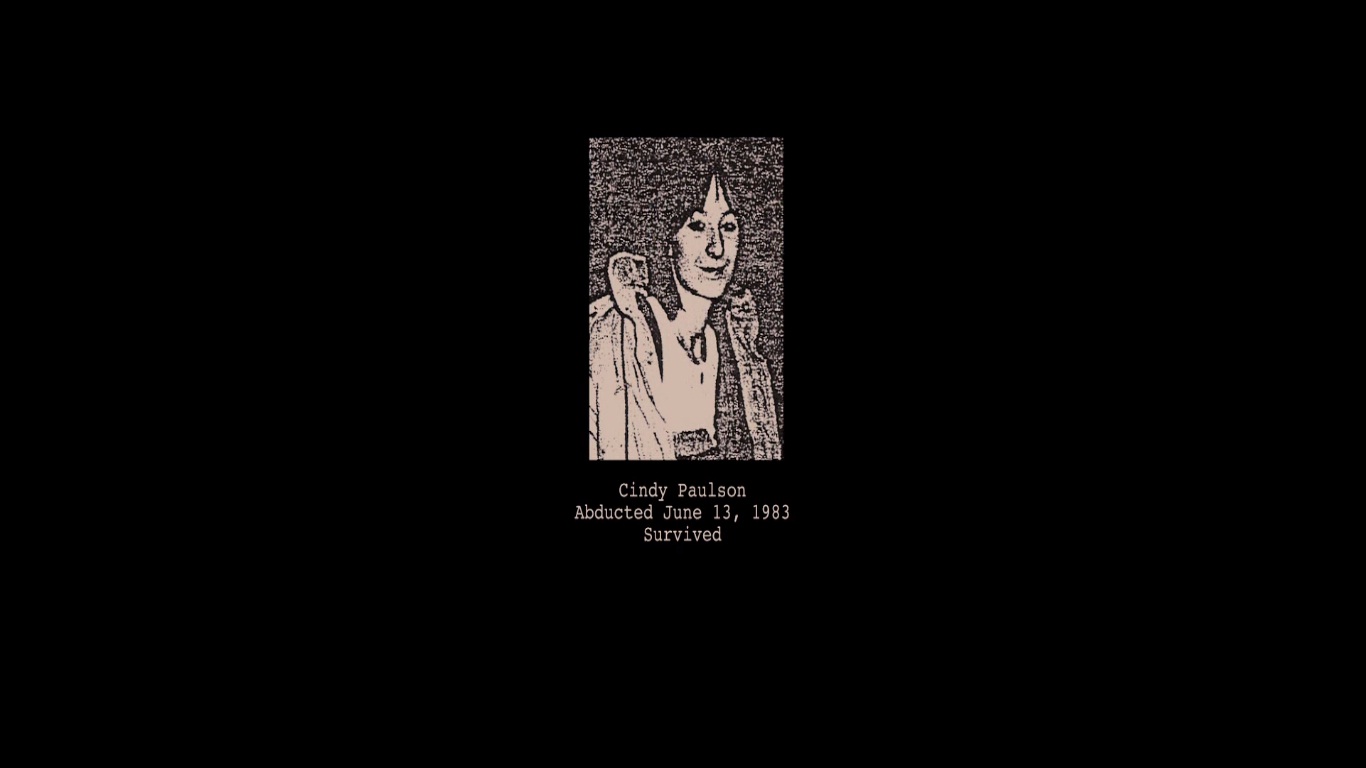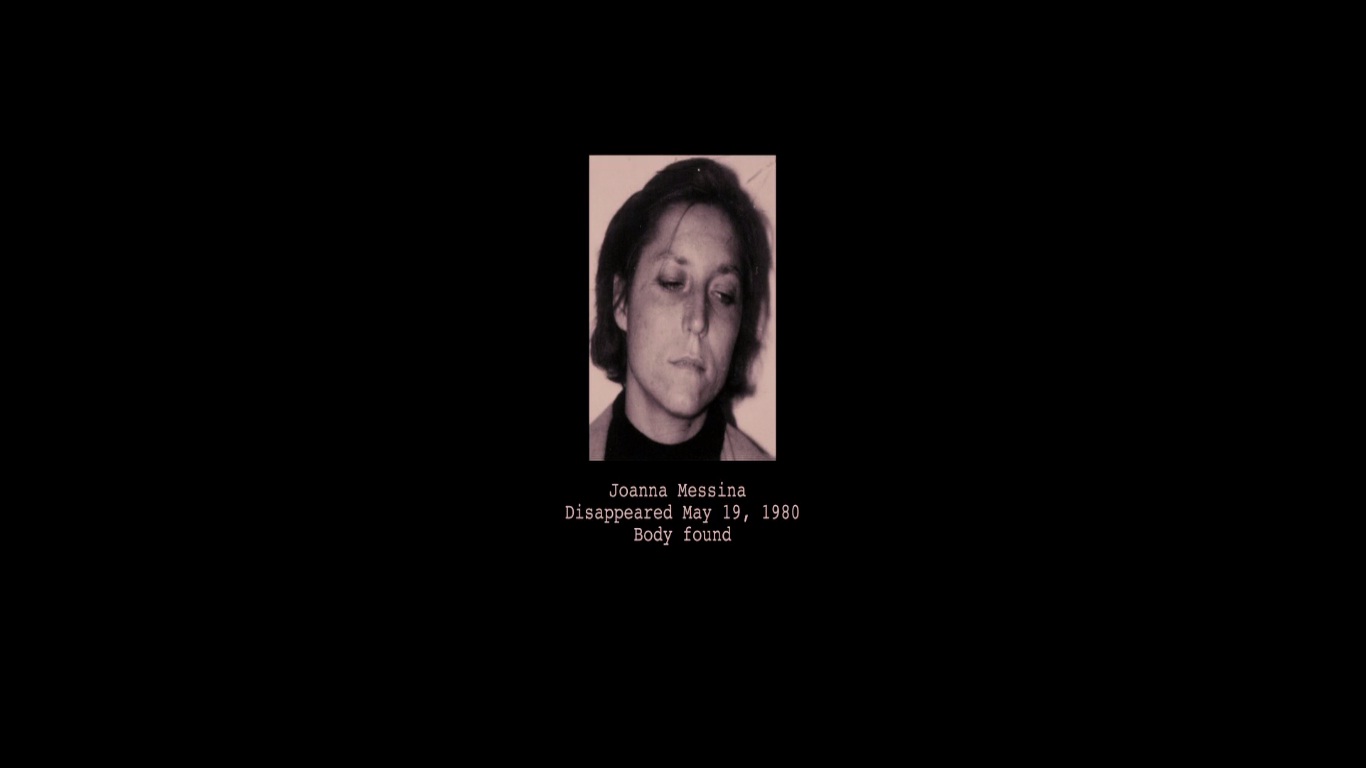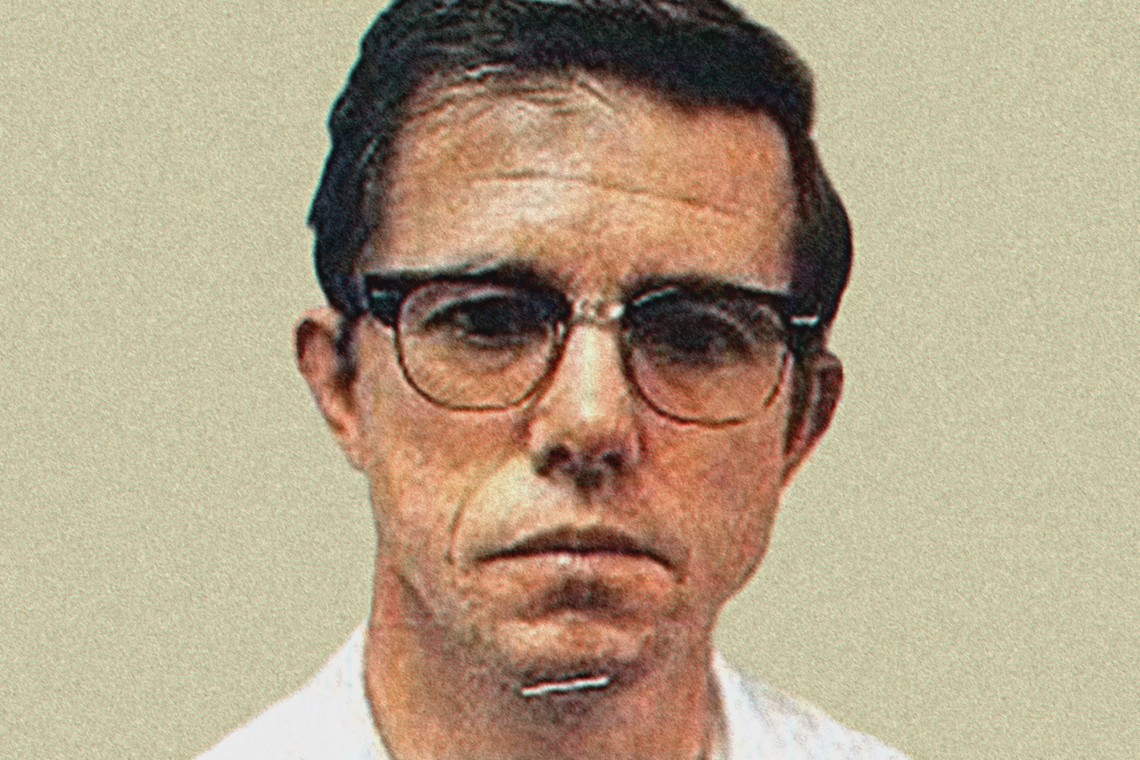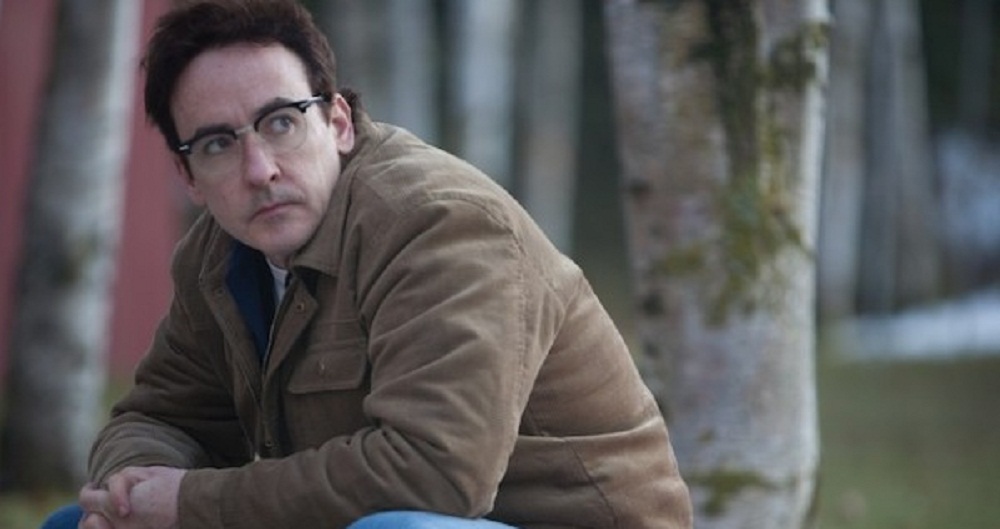Labeled as “Butcher Baker” by the media, Robert Hansen was the perpetrator of one of the worst crimes in the history of Alaska. According to reports, he murdered at least 17 women in Anchorage, Alaska, by literally hunting them down in the wilderness using a Ruger Mini-14 and abducted and raped over 30 others. A series of favorable events and underdeveloped protocols of Alaskan State Troopers in the 1970s allowed him to get away with his crimes for 12 years. Along with this, Hansen was also a very skilled liar due to which he was able to talk himself out of almost every situation.
For most people of Anchorage, Robert Hansen was a family man who owned a bakery and had a pretty good reputation in his circles. He even had strong ties with the church, and almost everyone knew about his knack for game hunting. Moreover, he also owned a plane and very well knew how to fly it. But no one knew that he was only using this plane to fly his victims to the woods and then dump their bodies in different locations. To everyone, Robert Hansen was just an ordinary businessman who did not really fit into a criminal profile. And although he did have a criminal record even before he moved to Anchorage and was also diagnosed with an “infantile personality,” his neighbors liked him.
Who Were Robert Hansen’s Victims?

Hansen’s first victim was eighteen-year-old Susie Heppeard. In 1971, when Susie was getting out of the car and heading towards her apartment, Hansen pointed a gun at her and said, “Shut up, sweetheart, or I’ll blow your head off.” But before he could harm her, Susie’s roommate called the cops, and he fled the scene. This was when Hansen was charged with assault with a deadly weapon. Following this, his next victim was a topless dancer, who was sexually assaulted by him in his Kenai Peninsula cabin. After taking her back to Anchorage, he threatened her that he would kill her family if she said a word about the incident to anyone and let her go. But days after this, when the body of another college student was discovered in a ravine near Kenai Peninsula, the dancer decided to report her abduction and assault to the trooper headquarters. As a result, Hansen was arrested.
Hansen had close ties with several influential figures of the town, out of whom, many showed up as character witnesses, claiming that he would never hurt anyone. These supportive figures even defamed the dancer and somehow convinced her to drop charges against him. And thus, he was only sentenced five years in prison for assaulting Susie Heppeard. After manipulating psychiatrists and jailers, he convinced everyone that he was psychologically fit and managed to get out after serving only three months.

Megan Emerick is believed to be Hansen’s next victim since she was last seen folding laundry in her Seward dormitory on July 7, 1973. The police think that he killed her and buried her near Seward’s Resurrection Bay. Mary K. Thill is suspected to be another one of his Seward victims because she arrived there in the summer of 1973 with a couple of friends. But her friends did not see her after she stepped out of their car. Soon after this, Hansen picked up another dancer at the Kit Kat Club on the Old Seward Highway, took her to Chugach State Park, and then raped her. Knowing that no one would believe her, he let her go. The woman did report rape, but just like he had anticipated, claiming that he was only on a date with the dancer helped him get away with it.

In May 1980, the body of another girl named Joanna Messina was discovered in a gravel pit near the Seward area. Only two months after this, another one was found in a grave right outside Anchorage. The second victim was found in such a terrible condition that the cops could not even trace her identity. Moreover, since the two bodies were discovered so far away from each other, the troopers did not connect any dots between them. On September 13th, 1982, the mortal remains of Sherry Morrow were found on a sand bar by two Anchorage police officers who were hunting game along the Knik River. After this discovery, State Trooper Sergeant Lyle Haugsven grew suspicious about the disappearance of several dancers in the town. But when no more bodies showed up for several years, the idea of a loose serial killer in their town was dropped.
As shown in ‘The Frozen Ground,’ Cindy Paulson was Hansen’s only victim who got away while he was trying to load her into his aircraft. But when Cindy reached out to the police, they believed Hansen’s story, which was again backed up by his powerful friends. It wasn’t until September 2, 1983, when Alaska State Trooper Sergeant Glen Flothe hopped on the case of Knik River murders after another body was found in the same spot where Sherry Morrow was buried. Ultimately, Glen Flothe was able to connect the dots and mount enough evidence against Hansen.
Is Robert Hansen Dead?
 After being sentenced to 461 years plus life, without parole, Hansen guided troopers through several marked Southcentral Alaskan locations of his aviation map. Through this, the troopers were able to find several human remains, but they suspected that he had killed many others. He was initially incarcerated at the United States Penitentiary in Lewisburg, then briefly moved back to Alaska at Lemon Creek Correctional Center in Juneau, and then finally transferred to Anchorage Correctional Complex because of lingering health conditions. On August 21, 2014, aged 75, he passed away at Alaska Regional Hospital in Anchorage, due to natural causes.
After being sentenced to 461 years plus life, without parole, Hansen guided troopers through several marked Southcentral Alaskan locations of his aviation map. Through this, the troopers were able to find several human remains, but they suspected that he had killed many others. He was initially incarcerated at the United States Penitentiary in Lewisburg, then briefly moved back to Alaska at Lemon Creek Correctional Center in Juneau, and then finally transferred to Anchorage Correctional Complex because of lingering health conditions. On August 21, 2014, aged 75, he passed away at Alaska Regional Hospital in Anchorage, due to natural causes.
Read More: Where Was Frozen Ground Filmed?


You must be logged in to post a comment.